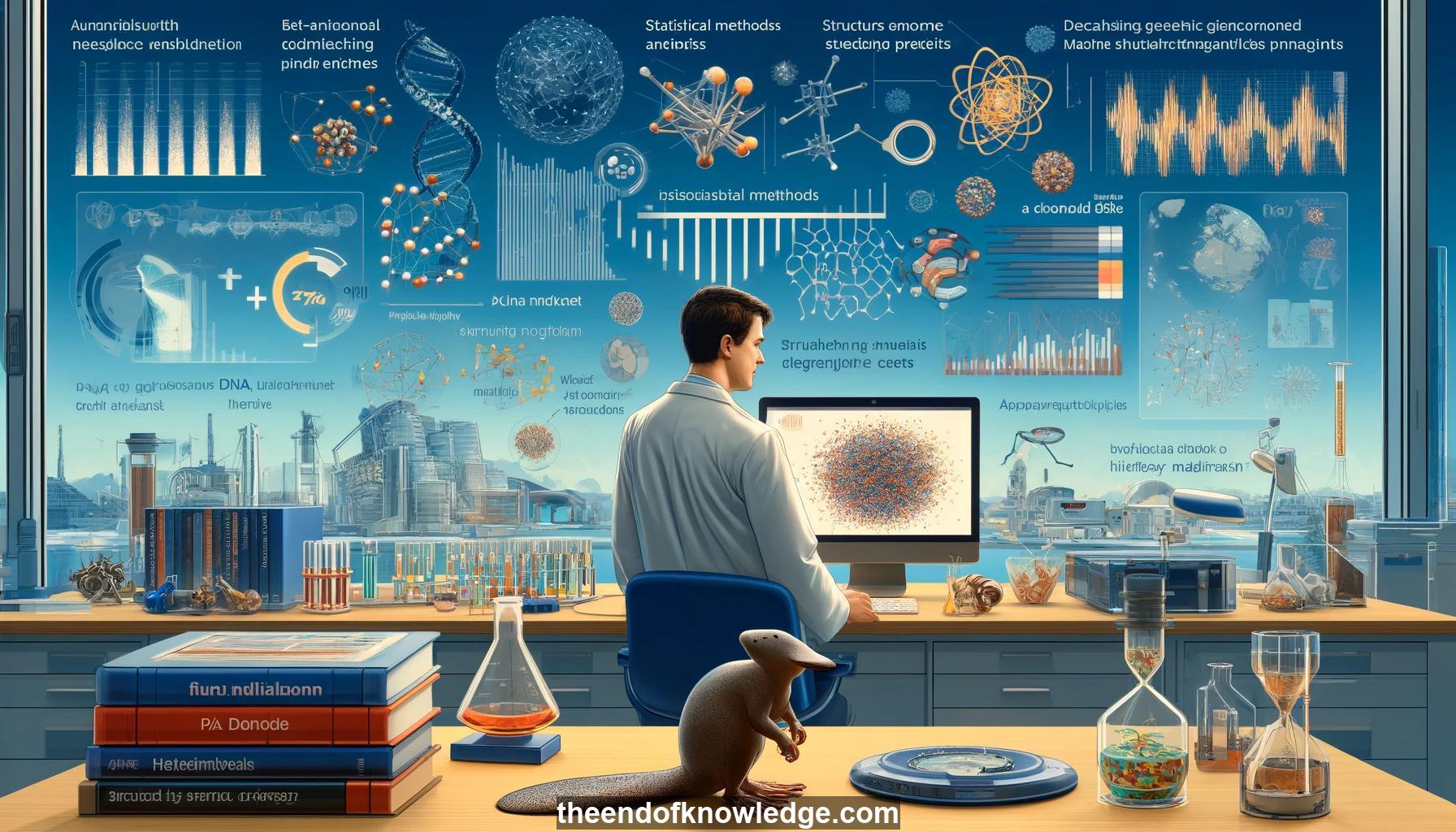 >
>
Concept Graph & Resume using Claude 3.5 Sonnet | Chat GPT4o | Llama 3:
Resume:
1.- Peter Donnelly discusses the excitement in genetics and genomics, providing insights on human biology and transforming healthcare.
2.- He gives an overview of genetics basics, including DNA, genes, chromosomes, and single nucleotide polymorphisms (SNPs).
3.- Donnelly studies platypuses, unique mammals found in Australia, using genetic information to understand their natural history and population differences.
4.- Principal component analysis of platypus genetic data separates Tasmanian platypuses from mainland ones and shows a north-to-south gradient.
5.- STRUCTURE, a model-based clustering approach, reveals finer-scale genetic structure in platypus populations across Australia.
6.- The STRUCTURE model is similar to the topic model/LDA, independently developed in genetics and machine learning.
7.- Human genetic data shows patterns of correlation due to inheritance of DNA chunks and recombination events.
8.- Statistical methods can impute missing genetic markers and infer separate chromosomes (phasing) from genetic data.
9.- Hidden Markov models can capture mosaic structure and correlation patterns in genetic data.
10.- Donnelly studied genetic differences in the UK, sampling 2000 individuals at 500,000 SNPs.
11.- Fine-scale genetic clusters in the UK match historical migration patterns, kingdoms, and cultural/linguistic divisions.
12.- Genetic data reveals a previously unknown substantial migration into England that best matches DNA from modern-day France.
13.- Genetics plays a role in both simple Mendelian diseases and complex disorders influenced by many genetic variants and environment.
14.- Genome-wide association studies (GWAS) compare genetic variant frequencies between disease cases and controls to find risk loci.
15.- Most GWAS variants have small effects on complex diseases, as natural selection limits the frequency of large-effect variants.
16.- Genetic variants can inform drug development by mimicking the effect of drugs and predicting efficacy and side effects.
17.- Genetics can establish causal relationships between risk factors and diseases using Mendelian randomization.
18.- Genetic data can identify which tissue types are relevant for a disease, like the importance of immune tissues in Alzheimer's.
19.- Genetic correlations between traits, like fluid intelligence and educational attainment or lifespan, can provide biological insights.
20.- The cost of genome sequencing has dramatically decreased, and the amount of available genetic data is rapidly expanding.
21.- Donnelly demonstrates an app prototype that predicts disease risks and ancestry breakdowns from an individual's genetic data.
22.- Partitioned risk scores can inform interventions by separating modifiable and non-modifiable risk factors.
23.- Genetics alone will likely play a smaller role in disease risk prediction compared to other health data.
24.- The combination of genetic and other health data can improve disease risk prediction at an individual and population level.
25.- A Royal Society machine learning report makes recommendations on open data, digital skills education, research priorities, and ethical algorithm development.
26.- Donnelly's company, Genomics plc, aims to use genetic data to understand biology and transform healthcare.
27.- Genetic discrimination in insurance is prohibited by law in the US and voluntarily avoided by UK insurers.
28.- Balancing privacy concerns with the benefits of large-scale genetic research for drug development and risk prediction is crucial.
29.- Integrating genetic data with other omics data (mitochondrial DNA, microbiome) can provide a more complete biological picture.
30.- Rigorous statistical practices, like replication in independent datasets, are essential to avoid false discoveries in large-scale genetic studies.
Knowledge Vault built byDavid Vivancos 2024